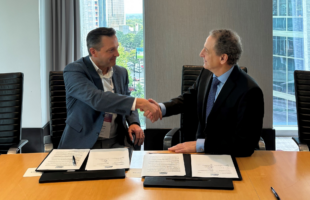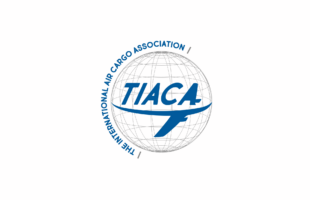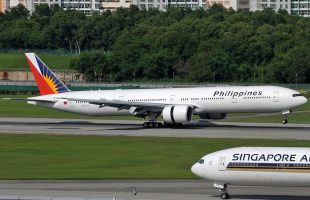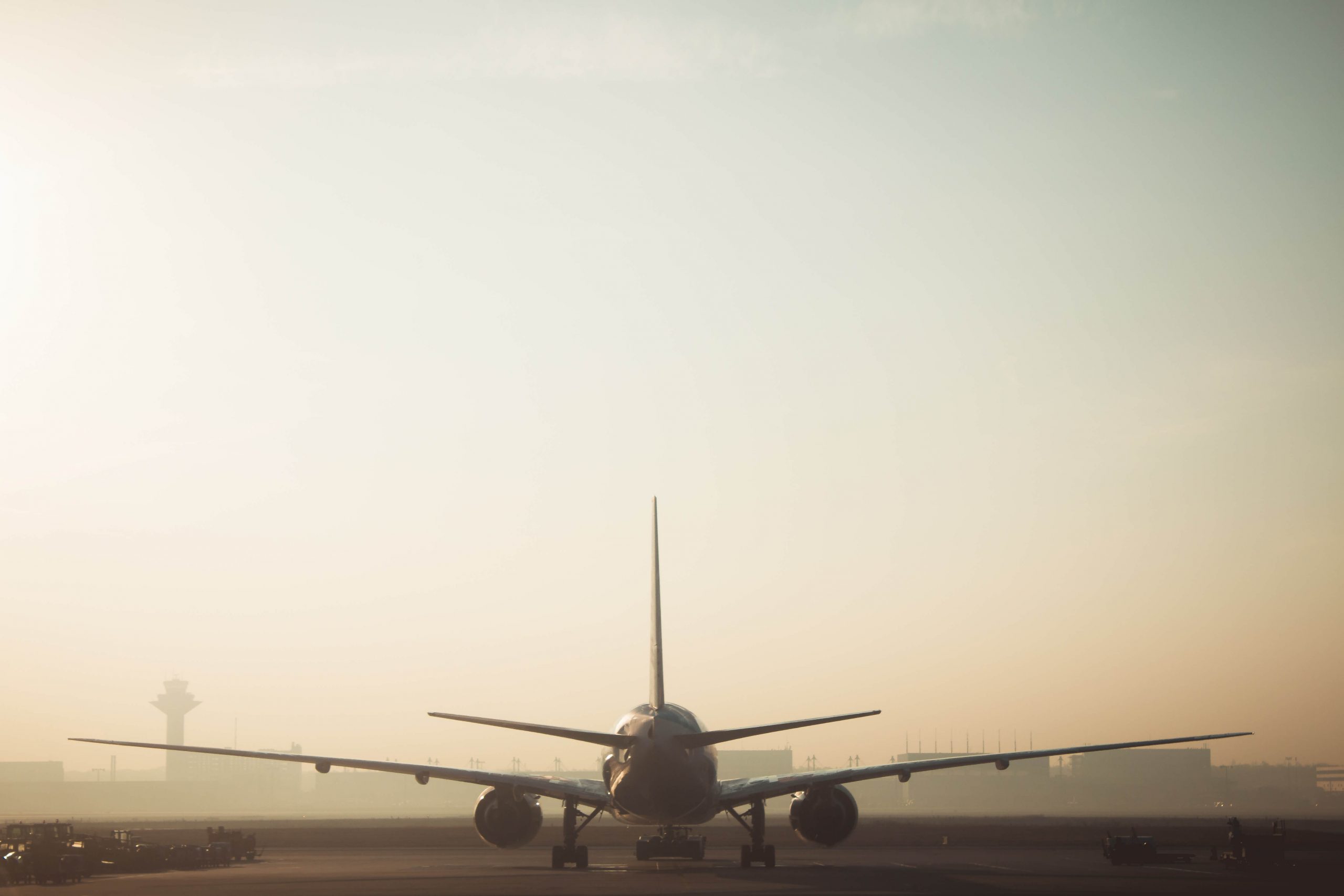
Photo by Maria Tyutina from Pexels
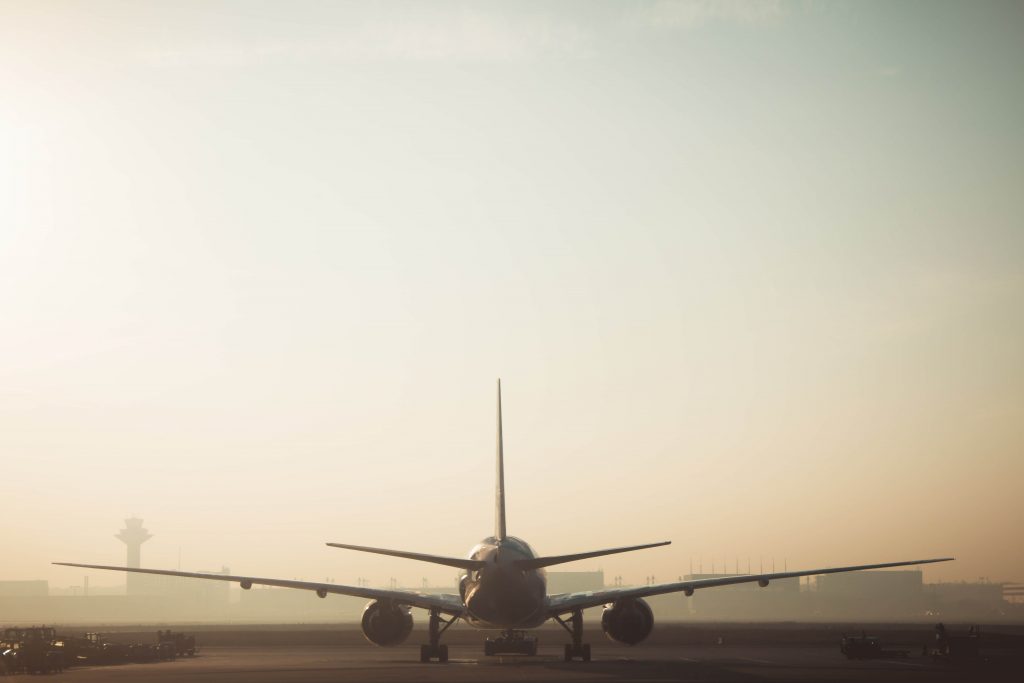
More than a month after guidance material was published on restarting international air travel by the International Civil Aviation Organisation (ICAO), the Association of Asia Pacific Airlines (AAPA) is urging governments to lighten “unduly onerous restrictions” to re-establish global connectivity with “evidence-based” measures to safeguard public health, wrote a press release.
Widespread testing and contact tracing, wearing of masks and social distancing, which have progressively been implemented by world states, are now being applied in the context of international air travel. However, AAPA said that these measures need to be consistent, based on robust risk assessments, and coordinated amongst governments, airlines, airports and health authorities.
Getting back public confidence towards air travel needs to work around the “blanket quarantine measures” which makes international air travel more daunting for inbound passengers. AAPA said there are some who may question the need for quarantines once adequate community testing and contact tracing measures are in place. “The unpredictability and changing requirements of such measures only add to the confusion for both airlines and passengers,” the release added.
Moreover, initiatives and discussions about opening up international air corridors, travel bubbles, green lanes or fast channels have so far failed to take off due to their impractical requirements and inherent unscalability to meet the reasonable expectations of the travelling public.
Commenting on the situation, AAPA’s Director General Subhas Menon, said, “International isolation is not a sustainable long-term solution for any government given the importance of travel and trade in supporting global economic and social activity. After more than six months, the lack of a framework encompassing harmonized or mutually recognized measures that are pragmatic, consistent and based on robust risk assessment, will not only irretrievably hurt the region’s airlines, but more importantly, negatively impact the region’s tourism and trade prospects, as well as millions of livelihoods. We must take a pragmatic approach to restarting flights gradually whilst mitigating risks to restore confidence and trust in the reliability of everyday air travel.”
The Director General added that quarantine measures should only be applied selectively for passengers originating from higher risk locations. Another critical area for cooperation is reaching a common understanding on the use of COVID-19 testing as a further risk mitigation measure in screening international passengers, based on mutual acceptance.
More than six months into the COVID-19 pandemic, the Asia Pacific air transport industry is still taking the initial steps towards restarting international operations by working closely with governments, health authorities and other stakeholders.
As the economic consequences of shutdowns take a toll, airline failures and major job losses have been announced within the industry, and AAPA said this could become more widespread as the crisis becomes prolonged. International air travel’s return by the second half now seems premature as governments redirect their resources to reducing domestic infections.
AAPA’s May 2020 traffic figures showed only 785,000 passengers carried for Asia Pacific’s airlines, down 97.5 percent decline compared to the same period last year. The slump in demand, combined with a 92.5 percent fall in available seat capacity, led to a 50.4 percentage point decline in the average international passenger load factor to just 28.4 percent for the month.
Meanwhile, air cargo demand, as measured in freight tonne kilometres (FTK), slid 19.0 percent year-on-year. With offered freight capacity decreasing 20.1 percent in May, the average international freight load factor inched up marginally by 0.9 percentage points to 60.9 percent, reflecting the capacity crunch experienced in previous months as a result of the sharp declines in belly-hold space on passenger aircraft.




